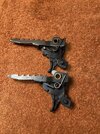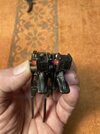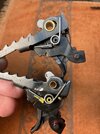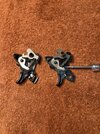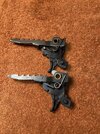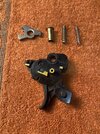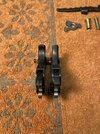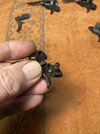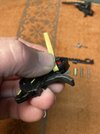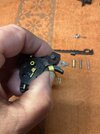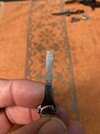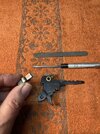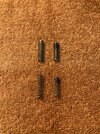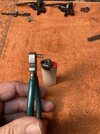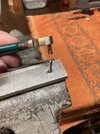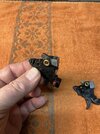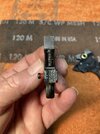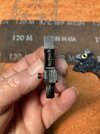teerex.otw
Member
- Joined
- Jan 17, 2023
- Messages
- 256
I’ve been on a bit of a crusade lately to replace the original triggers in some early, pre anti-beartrap guns with modified current issue (and in my opinion, better quality) abt modules.
There are a few things you must do to make these fit, and several things you can do to enhance function and durability.
There are a lot of details to cover in several steps along with a few “tricks”, but I’m not going to waste time and forum space unless anyone is actually interested.
So if you are interested in disassembly/reassembly, plastic mods (including getting rid of that irritating “catch” when you pull the trigger), spring mods, or reinforcement to help prevent housing separation, let me know.
Rex
There are a few things you must do to make these fit, and several things you can do to enhance function and durability.
There are a lot of details to cover in several steps along with a few “tricks”, but I’m not going to waste time and forum space unless anyone is actually interested.
So if you are interested in disassembly/reassembly, plastic mods (including getting rid of that irritating “catch” when you pull the trigger), spring mods, or reinforcement to help prevent housing separation, let me know.
Rex


